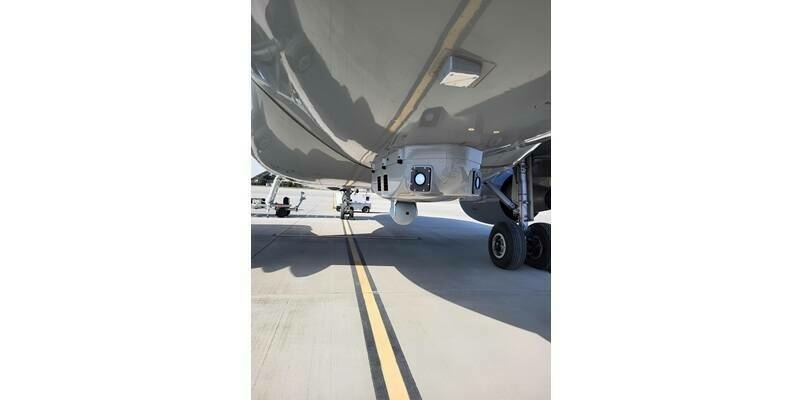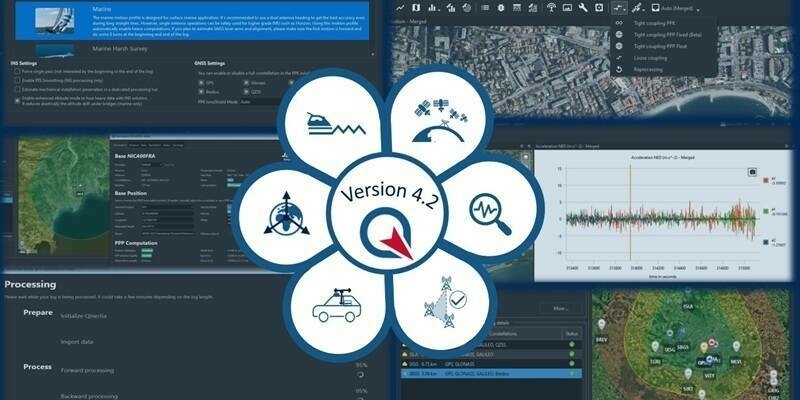Ames Construction, one of the largest family-owned general contractors in the United States, has significantly improved the safety and accuracy of its surveying at a copper mining site in Arizona, thanks to innovative technology from senseFly, the global leader in fixed-wing drones.
By using unmanned aerial vehicles (UAVs), Ames Construction can now generate detailed 3D imagery of the pit wall surfaces – a process that would be much more difficult and time-consuming using traditional topographic methods.
For this project, Ames Construction was tasked with accurately mapping the expansive construction site – in particular, monitoring the largest pit wall face for movement and any potential sloughing or deterioration. The challenge for the team was figuring out how to collect detailed 3D imagery of the pit wall surfaces without temporarily shutting down operations to allow surveyors access to the site.
In addition to the large expanse of land that needed to be covered, the team also had to consider the heightened safety risks that come with an active mining site, such as heavy machinery and ongoing construction. Additionally, the nature of the pit highwall, reaching over 2,000 ft tall, made it unsafe and impossible to survey on the site’s benches. Similarly, the size and lack of safe access to all parts of the highwall made it nearly impossible to utilize traditional scanning-based surveying technology. Any manual topographic surveys would simply pose too many hazards and result in costly downtime.
Following the purchase of senseFly’s eBee X fixed-wing drone, alongside its eMotion flight planning software, the operations team was able to efficiently navigate the extreme vertical elevation changes and high-risk nature of the site, while still maintaining – and improving – survey accuracy.
During the project, each flight was completed within 2-3 hours, with the eBee X delivering an average of 45 minutes per battery. This meant that, despite the extreme vertical elevation change, high winds and loss of radio signal that are commonplace at the site, mapping could be completed in a relatively short amount of time and on a more regular, monthly basis. Using the flight planning software, the team was able to check the feasibility and safety of each flight at a resolution of up to 0.8 in/pixels, as well as ensure the drone battery lasted for the duration required – critically, with no data lost. The high-resolution data capturing capability of the eBee X’s purpose-built drone sensors, which included the Aeria X Photogrammetry Camera and senseFly S.O.D.A. 3D Mapping Camera, provided over 14,400 geotagged images – about 2,400 per flight – on the project, which were then processed using Pix4D photogrammetry software.
Subscribe to our newsletter
Stay updated on the latest technology, innovation product arrivals and exciting offers to your inbox.
Newsletter

